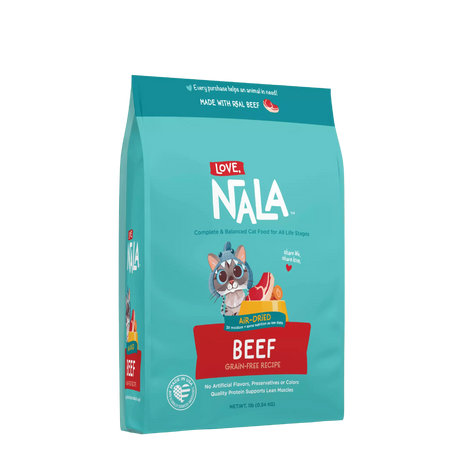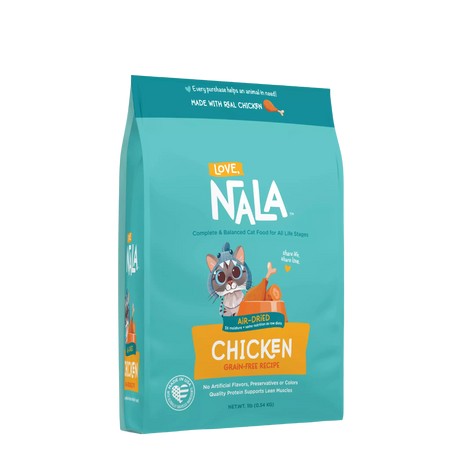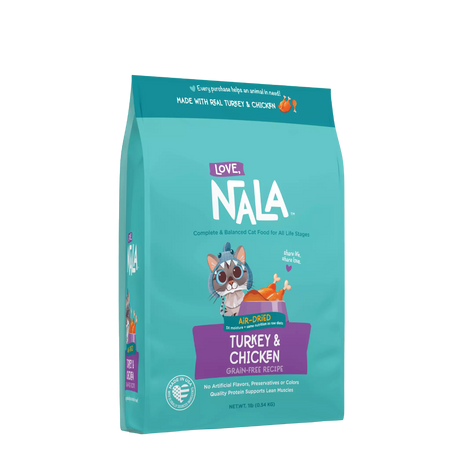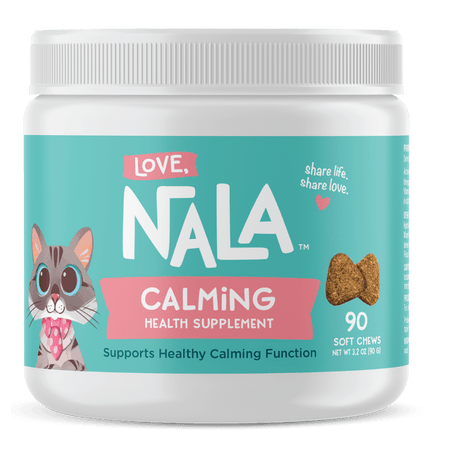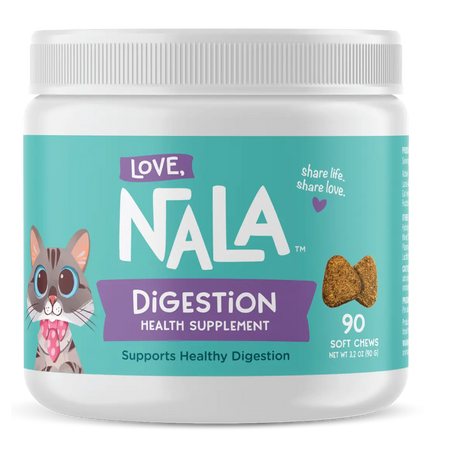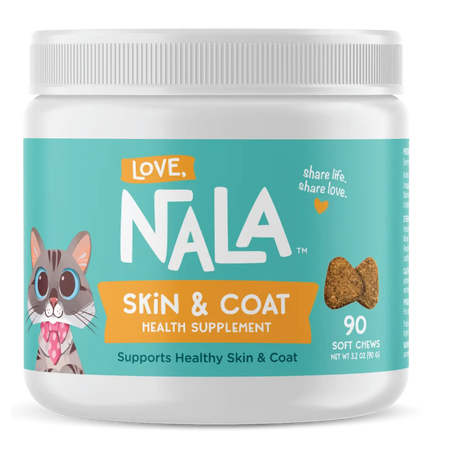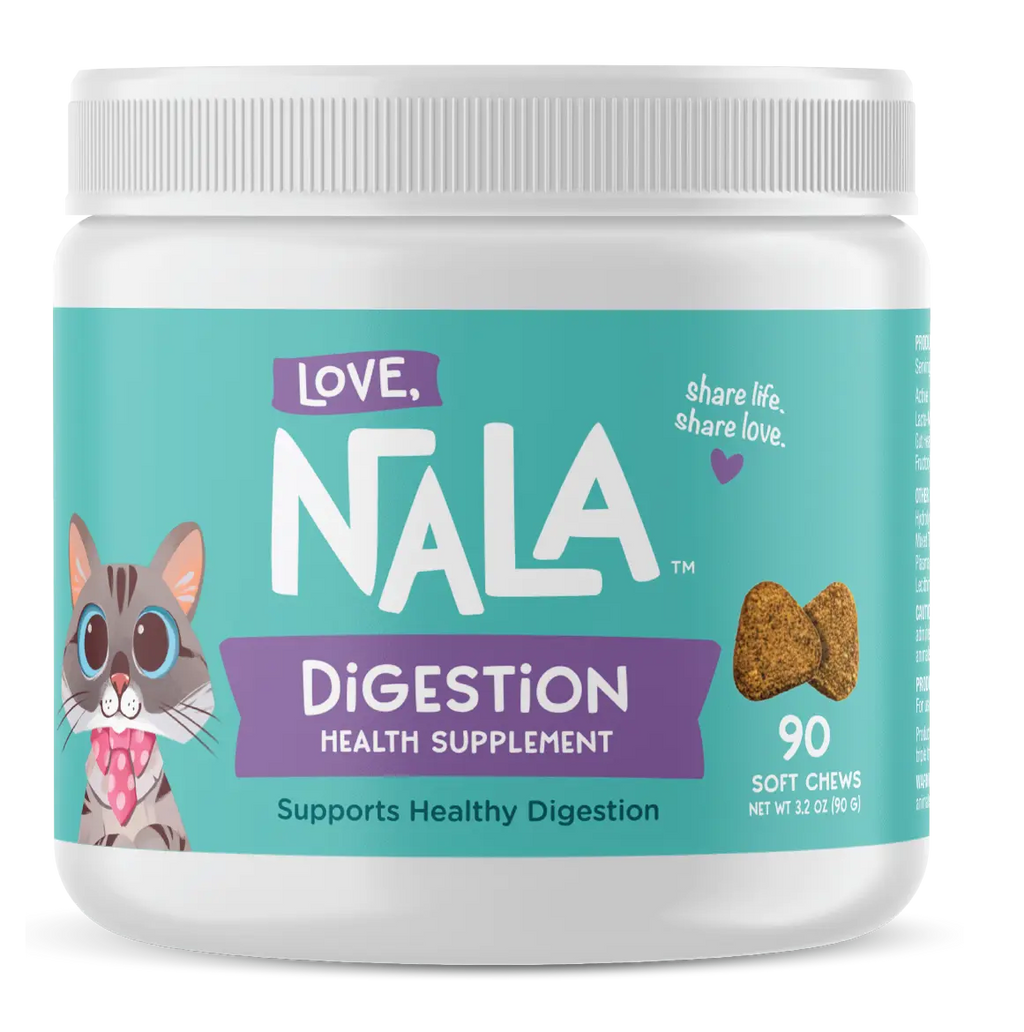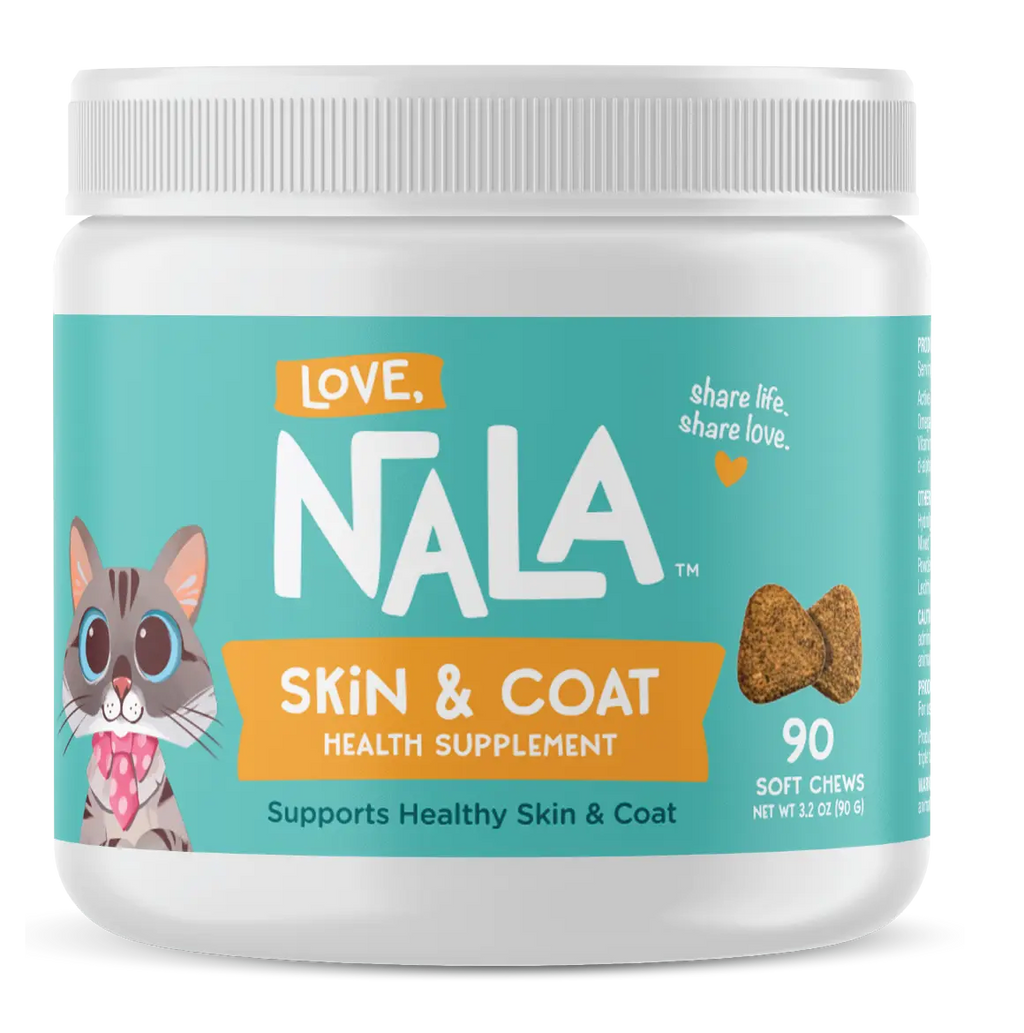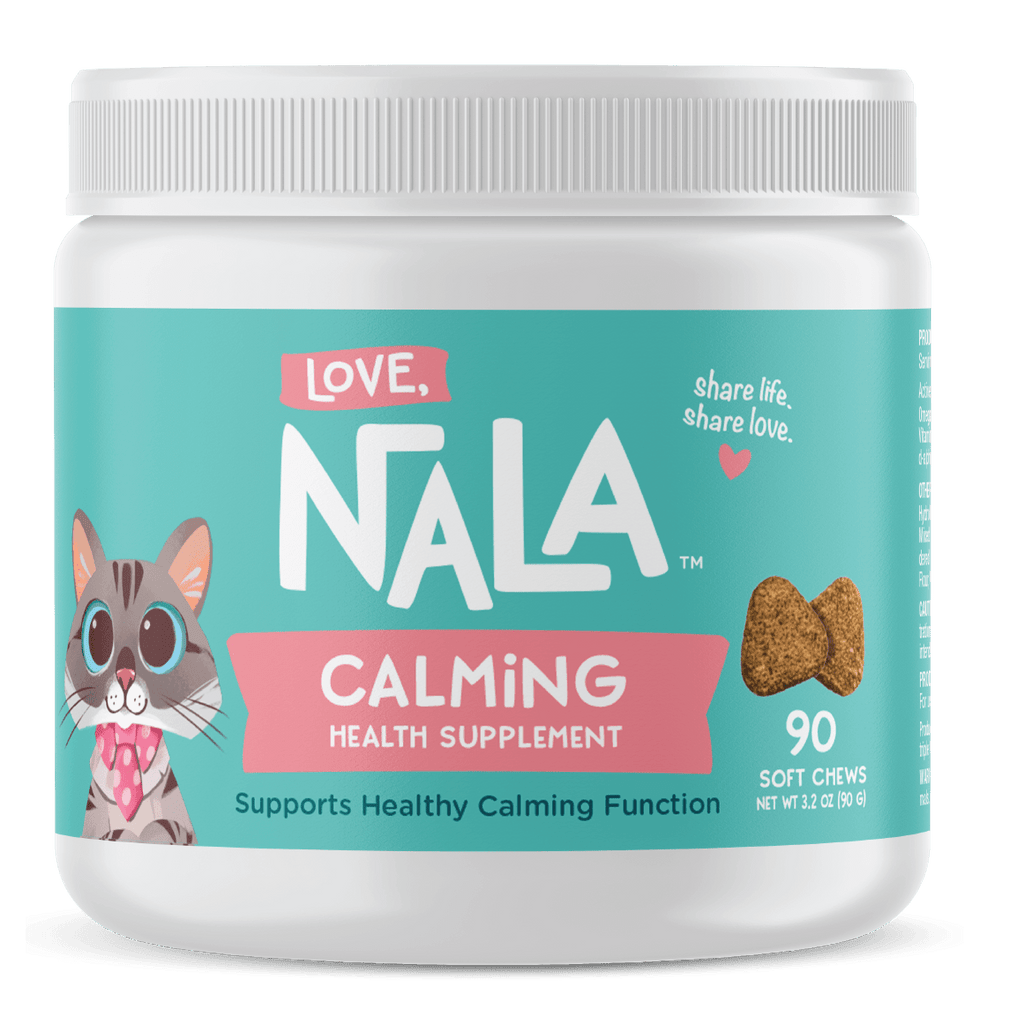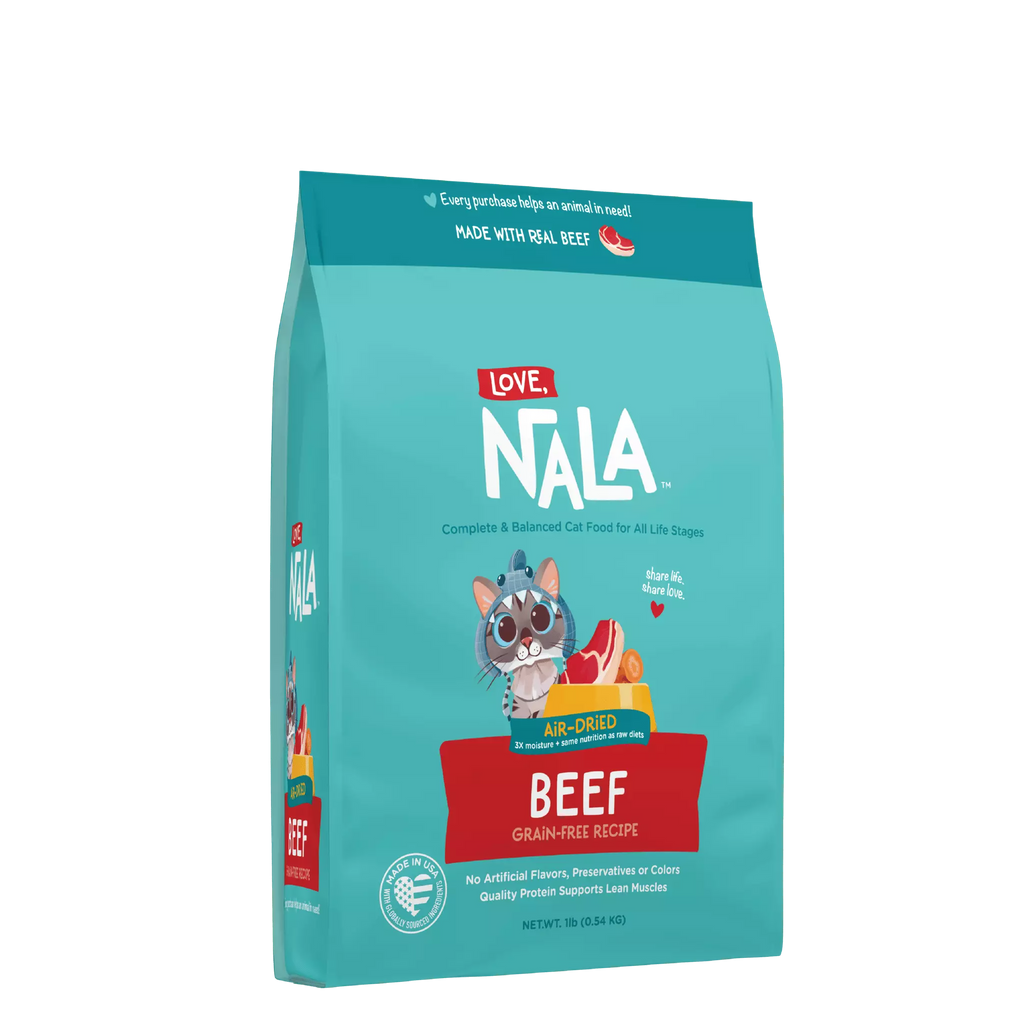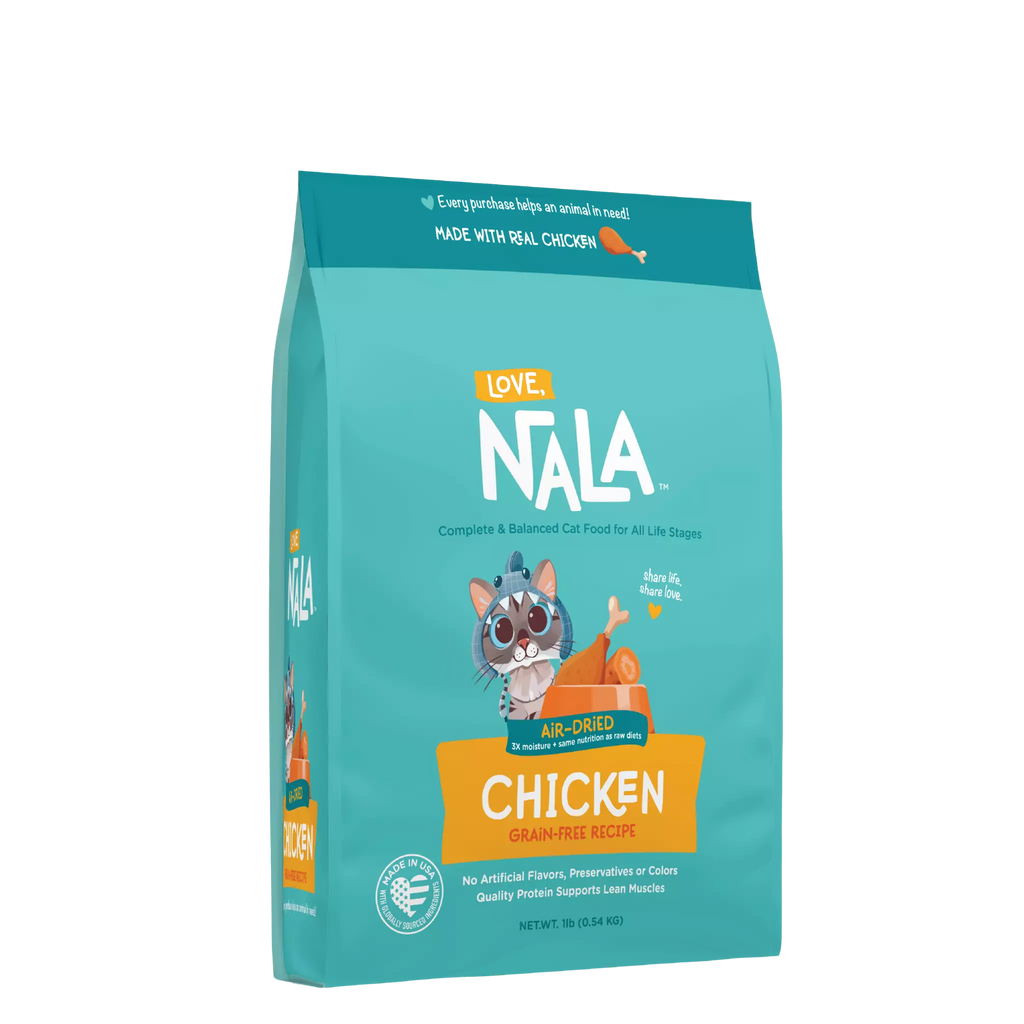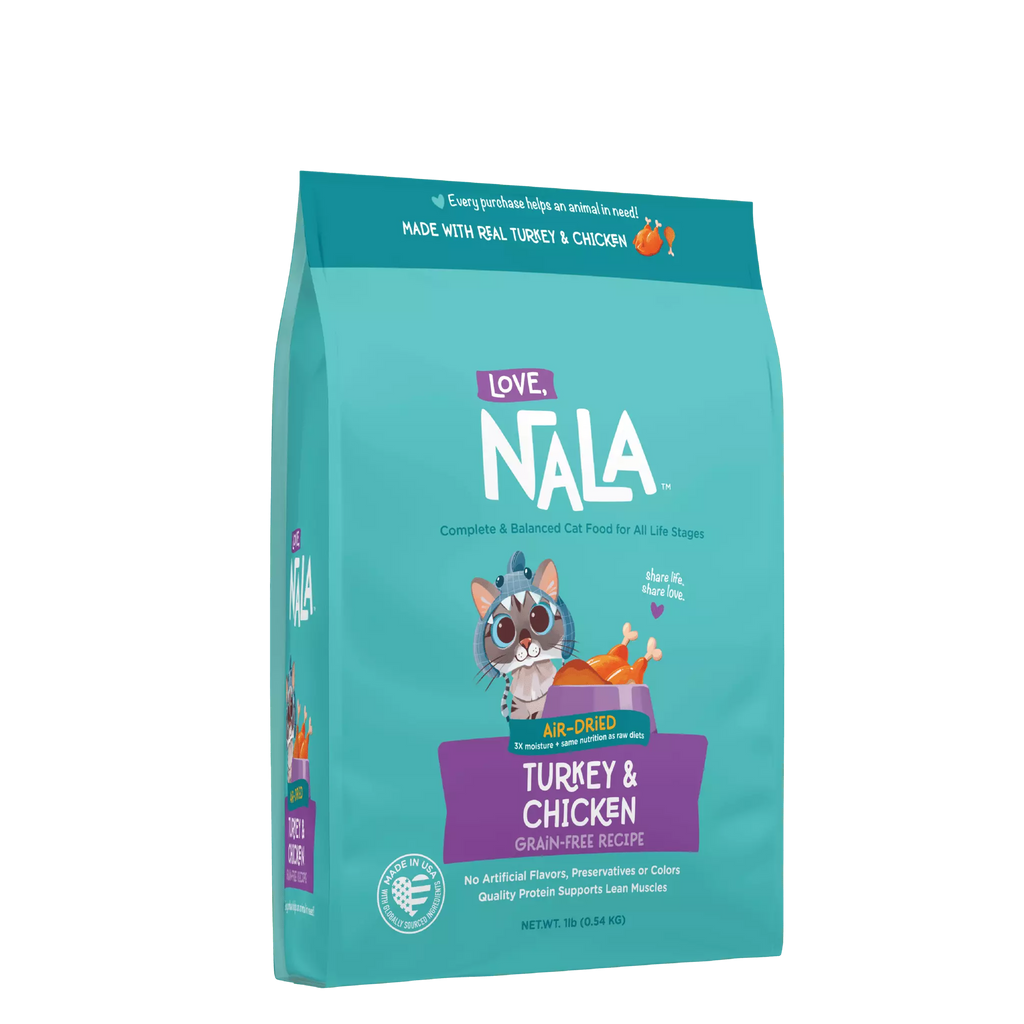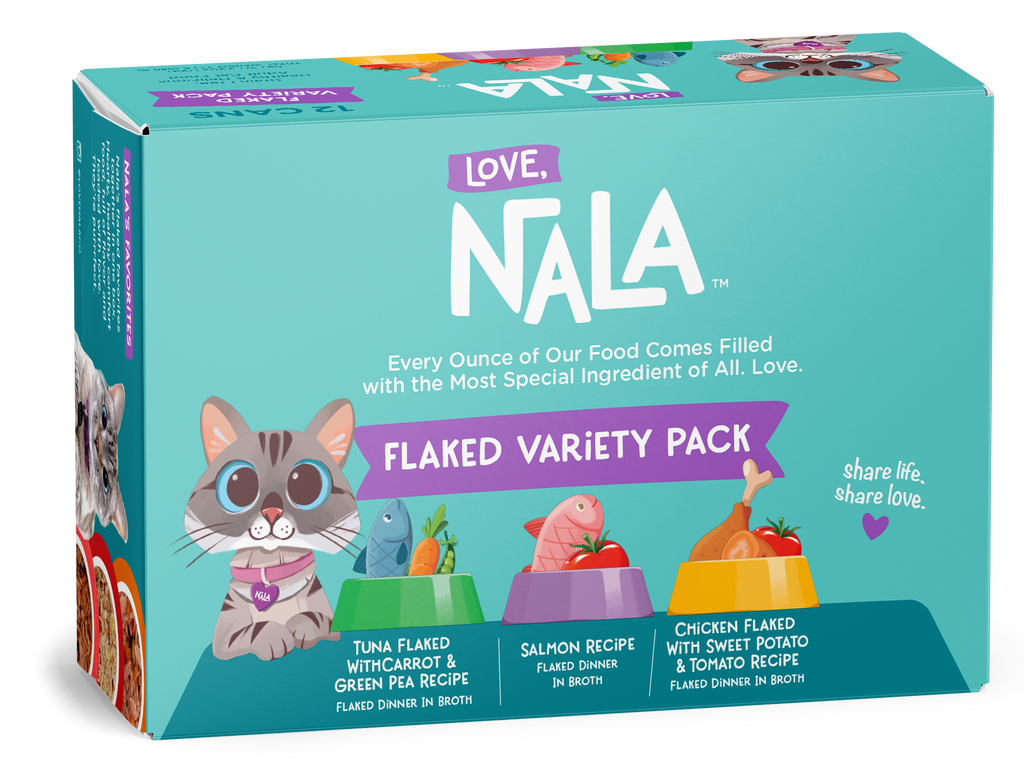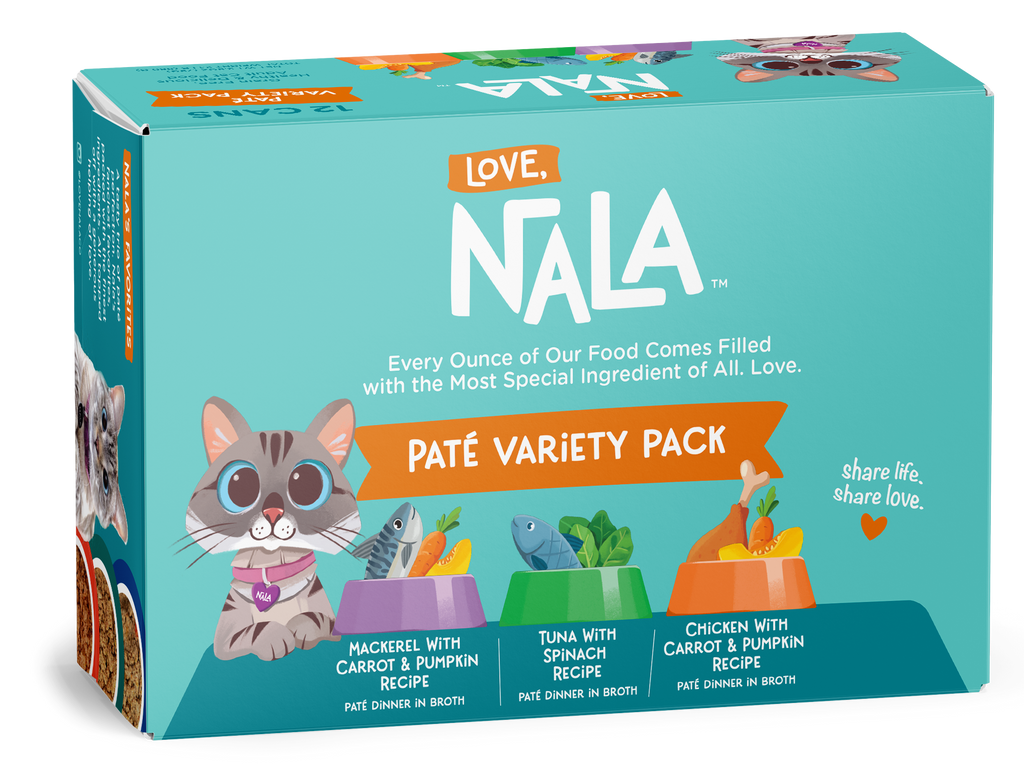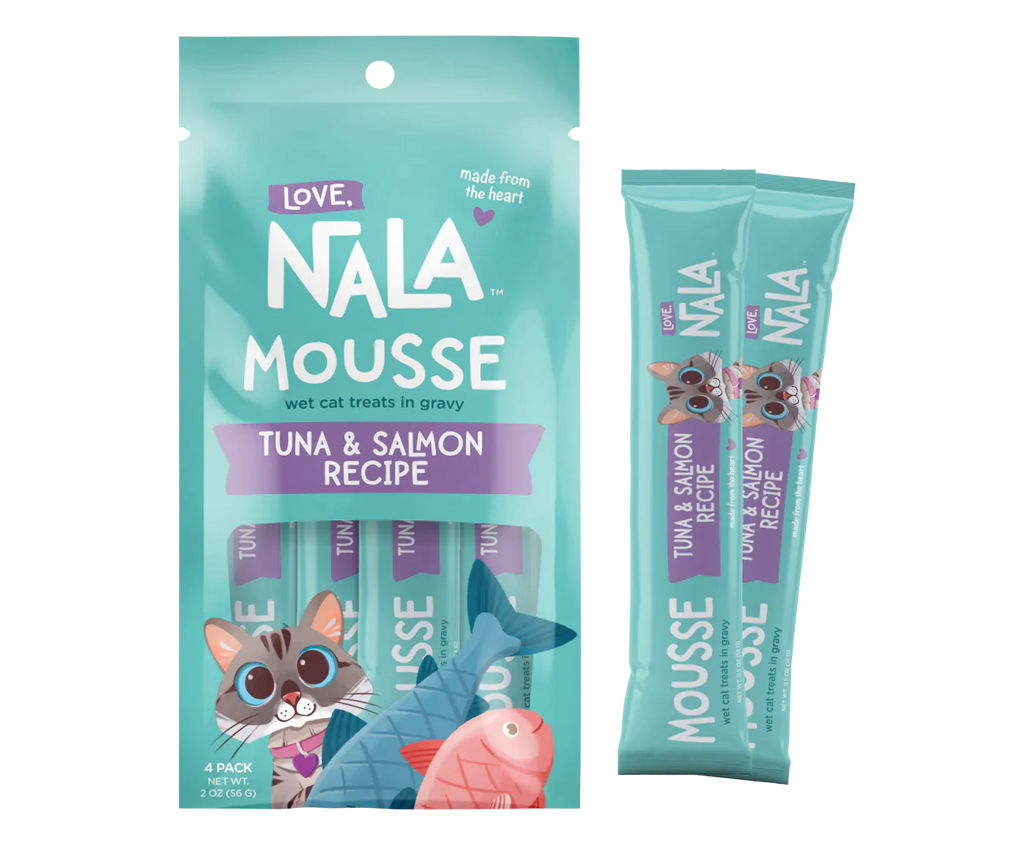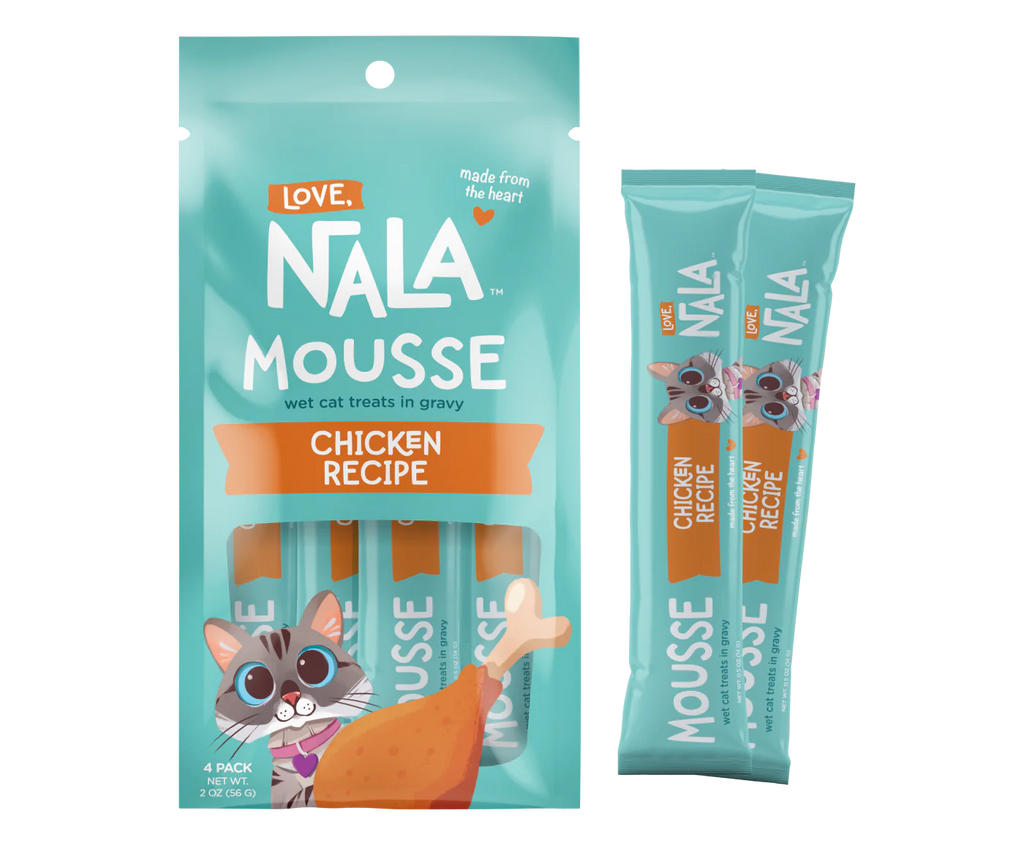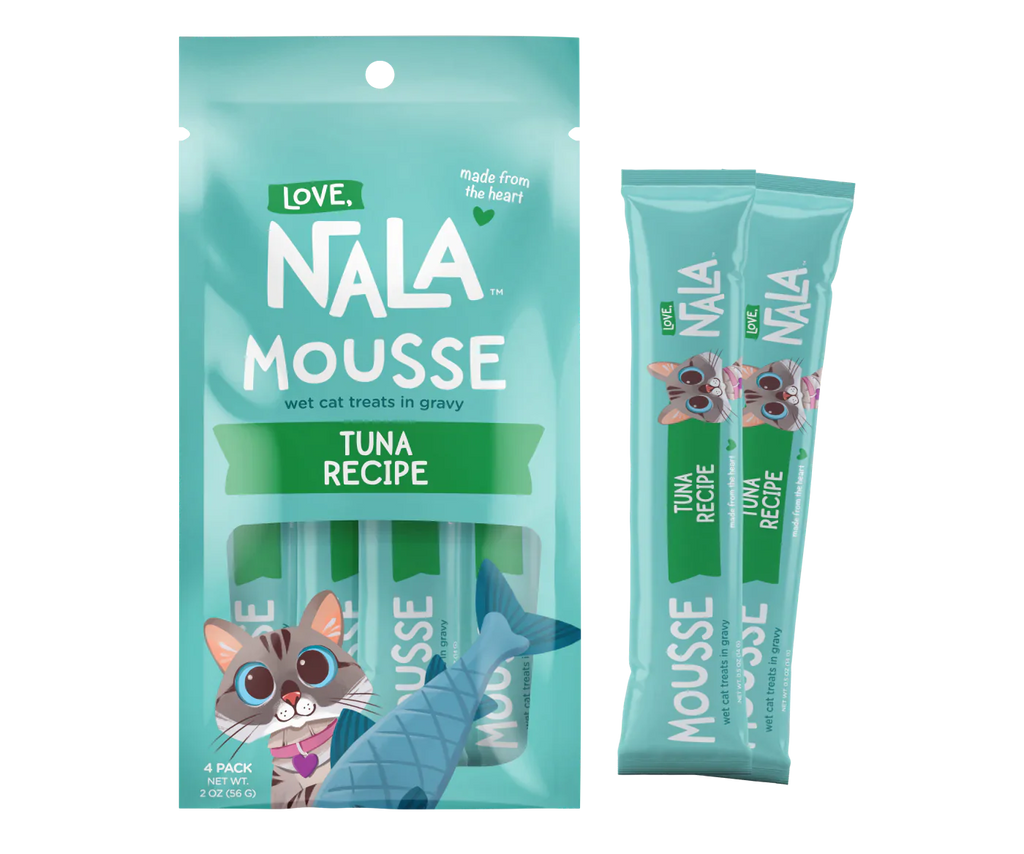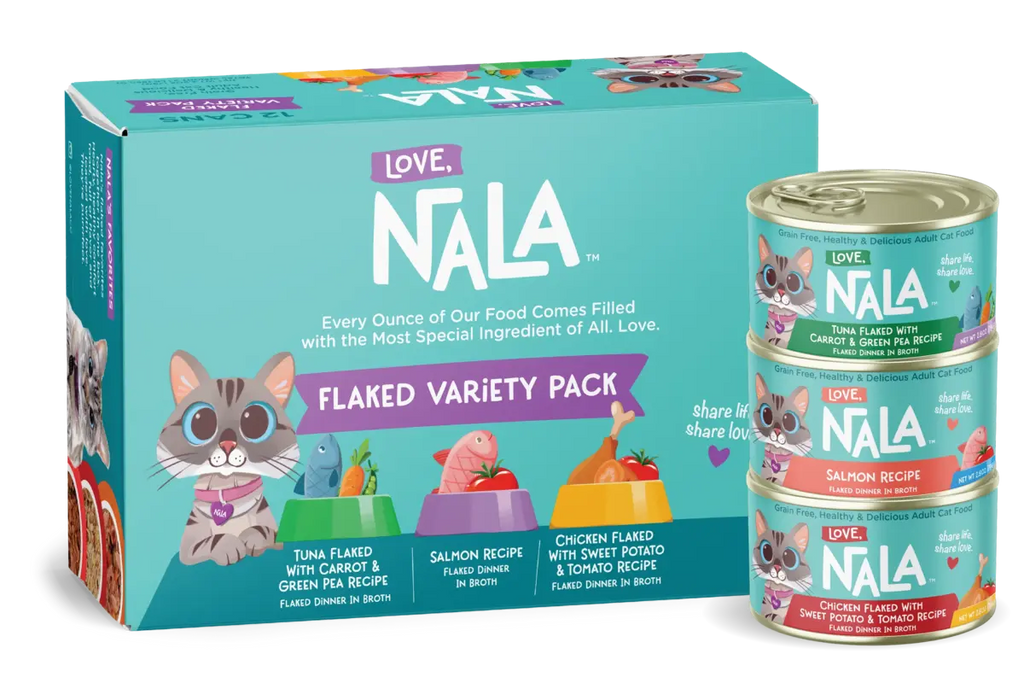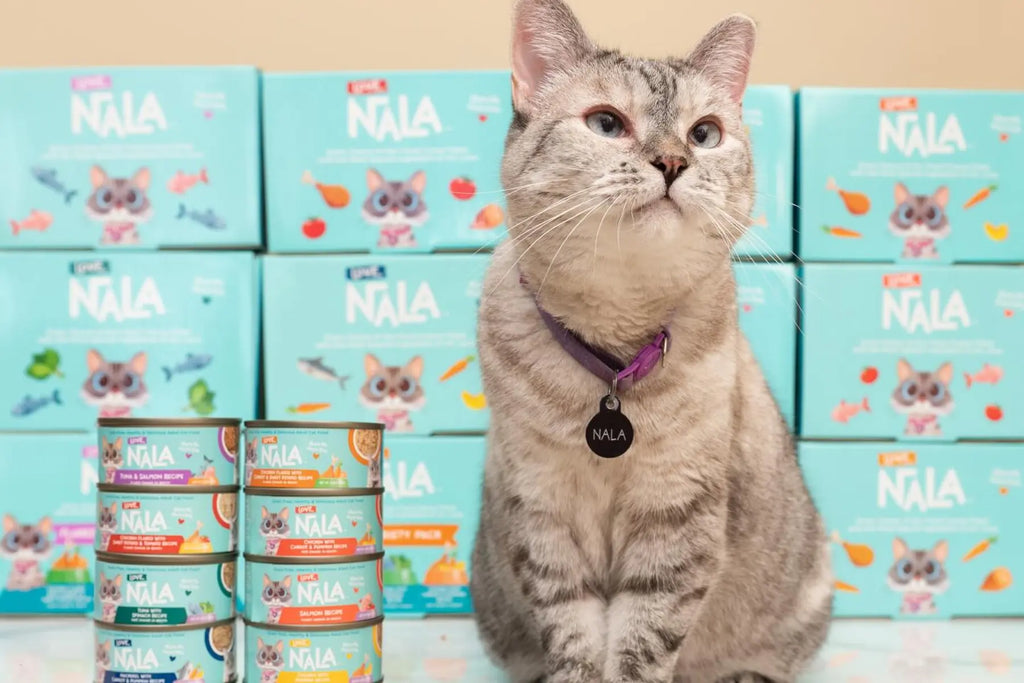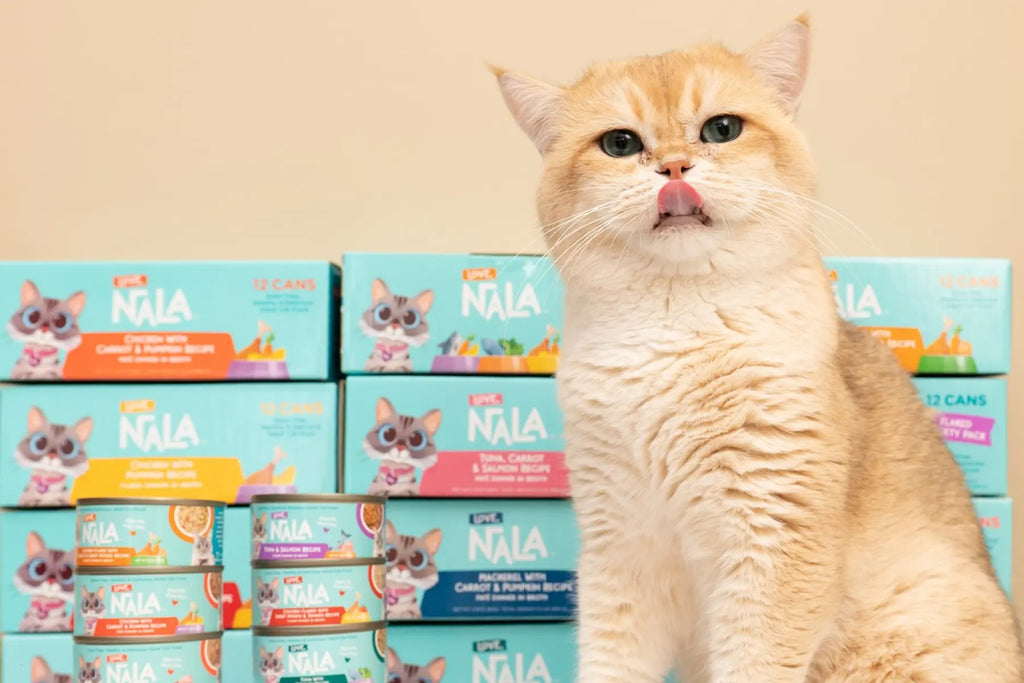Cats have a special place in our hearts. Providing them with the best care involves more than just regular vet visits and playtime, but also ensuring they enjoy a varied, balanced diet. An excellent addition to any feline's diet is cat treats. Specifically, wet cat treats are a fantastic option, offering not only a delightful snack but also important nutritional value. Today, we'll walk you through how to find the perfect wet treats for your furry friend.

Why Consider Wet Cat Treats?
Including wet treats in your cat's diet offers numerous benefits. Primarily, they aid in keeping your pet hydrated. Unlike dogs, cats do not have a strong thirst drive and can be chronically dehydrated if they rely solely on dry food. Wet cat treats help supplement their water intake.
Additionally, they provide variety. Just like us, cats appreciate different flavors and textures in their meals. Creamy treats for cats, for instance, offer a unique texture that many felines find irresistible.
Selecting Wet Cat Treats
Choosing the best cat treats for your cat involves several key factors. We'll examine the top considerations: dietary needs, age, and taste preferences.
Understanding Dietary Needs
A balanced diet plays a crucial role in maintaining your pet's overall health and wellness. Cats, like humans, have specific dietary requirements that should be considered when choosing their treats.
Some felines may have dietary restrictions or allergies, which necessitate careful selection of treats to avoid any adverse effects on their health. When in doubt, it is always best to consult your veterinarian, who can provide valuable insights and recommendations to ensure your pet's dietary needs are met adequately.
Age Considerations
As your cat ages, their nutritional needs undergo significant changes. During the kitten stage, young felines require a diet that is rich in calories and packed with essential nutrients to support their rapid growth and development. As they transition into adulthood, their calorie intake should be adjusted accordingly, focusing on a balanced diet to maintain optimal health.
Senior cats have unique dietary requirements, and their diet may need to be tailored to manage age-related conditions such as kidney issues or arthritis. Specialized senior feline food can aid in promoting their well-being and ensuring they lead a comfortable life during their golden years.
Taste Preferences
Just like humans, each cat has its own unique palate and taste preferences. Some felines may have a particular fondness for certain flavors, while others might be more selective in their choices.
Observing your cat's eating habits and experimenting with various healthy cat treats can be a delightful way to discover what they truly enjoy. By offering a variety of flavors, you can cater to your cat's taste preferences while still providing them with nutritious options that contribute to their overall health.
Understanding Wet Cat Treat Ingredients
Knowing what's inside your cat's treats is as essential as understanding their dietary needs. Not all ingredients are created equal—some are beneficial, while others might be harmful in the long term.
Beneficial Ingredients
Your pet's well-being is greatly influenced by the ingredients present in their food. Taurine, for instance, is a crucial component that supports eye health and plays a vital role in maintaining proper heart function. Another beneficial addition is Vitamin E, a potent antioxidant that bolsters the immune system, safeguarding your feline friend from various health challenges.
Ingredients to Avoid
As a vigilant cat owner, it's essential to be aware of certain ingredients that may pose risks to your pet's health. While some ingredients are commonly used, they can have adverse effects. For example, Tapioca Starch, though often used as a filler, can contribute to unnecessary weight gain if not adequately balanced.
Similarly, Guar Gum, while a common thickener in pet foods, may lead to digestive issues in some felines. Being attentive to these potential pitfalls empowers you to make informed decisions about the treats you choose for your pet.
Decoding the Ingredient List
Understanding how to interpret the ingredient list is crucial in making the right choice for your cat's diet. The list is organized based on the weight of ingredients, with those present in higher amounts listed first.
If you come across an ingredient that could be harmful or undesirable near the top of the list, it's a red flag, and opting for an alternative treat with more favorable ingredients is a wise decision. By carefully decoding the ingredient list, you can ensure that you are providing your beloved feline companion with treats that not only tantalize their taste buds but also promote their overall health and well-being.

Navigating the Treat Selection Process
Now that you're familiar with what to look for, how do you apply this knowledge in practice? Let's navigate the selection process.
Product Labels
Deciphering product labels can be challenging. Rely on the valuable guidance of AAFCO guidelines, which offer both minimum and maximum nutritional values for cat food products. Despite this, it's crucial to remain vigilant about marketing language that might occasionally lead to misunderstandings or false expectations.
Nutritional Value
For optimal feline health, prioritize the healthiest cat treats abundant in proteins, essential vitamins, and minerals. These nutritious treats should act as a supplement to your feline's regular diet rather than a substitute, ensuring they receive all the necessary nutrients to thrive. By being mindful of the nutritional value of the treats you choose, you can provide your beloved cat with not only a delightful snack but also one that contributes to their overall well-being.

Gauging Cat Satisfaction
Ultimately, the final judge of any treat is your cat. If your cat isn't satisfied with the treats, you might need to switch things up. Their reactions can provide valuable insights into their preferences.
Responsible Treating
While treats are undoubtedly a delightful indulgence for your feline friend, they should never be considered a replacement for a well-balanced diet. Understanding the importance of responsible treatment is paramount in ensuring your cat's overall health and happiness.
Portion Control
Maintaining portion control is key to preventing potential health issues, such as obesity, even when offering the healthiest treats available. Determining the appropriate treat portion depends on various factors, including your feline's weight, age, and overall dietary intake. By adhering to proper portion sizes, you can indulge your cat without compromising their well-being.
Frequency
Establishing a treat schedule is vital to avoid creating an unhealthy reliance on these special snacks. To strike the right balance, treats should ideally account for no more than 10% of your cat's daily caloric intake.
Adhering to this guideline, you can ensure that your cat receives all the essential nutrients from their main diet while still enjoying the occasional delight of well-deserved treats. Responsible portioning and a balanced treat schedule contribute to a happy and healthy life for your beloved feline companion.
In a sea of cat squeeze treats and more, finding the right ones can seem like a daunting task. However, by keeping your cat's dietary needs, age, and taste preferences in mind, and understanding what to look for in an ingredient list, you'll be well on your way to finding the perfect treat for your feline friend. Remember, moderation is key when treating. Your feline's health and happiness are always worth the extra effort!
